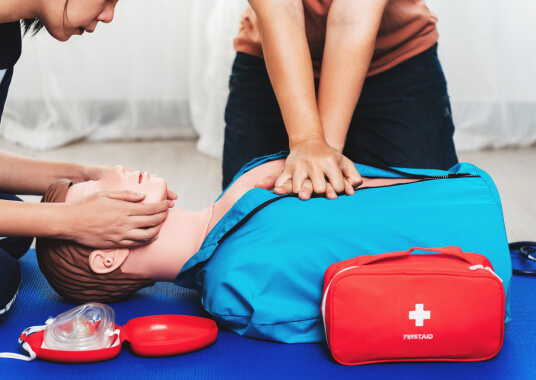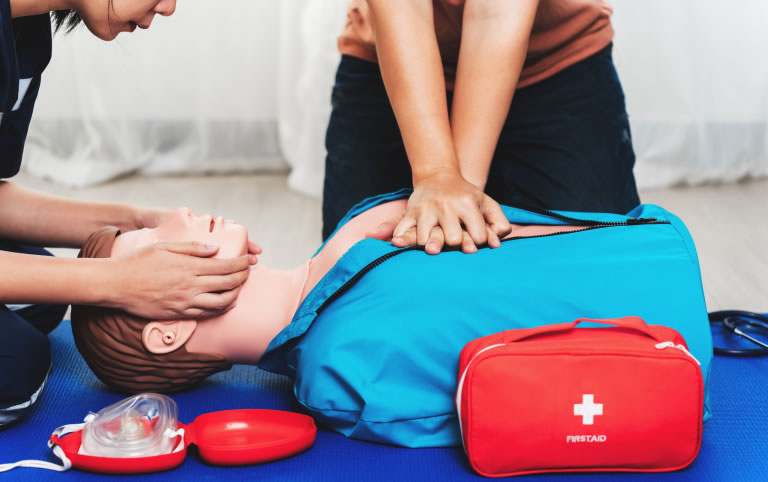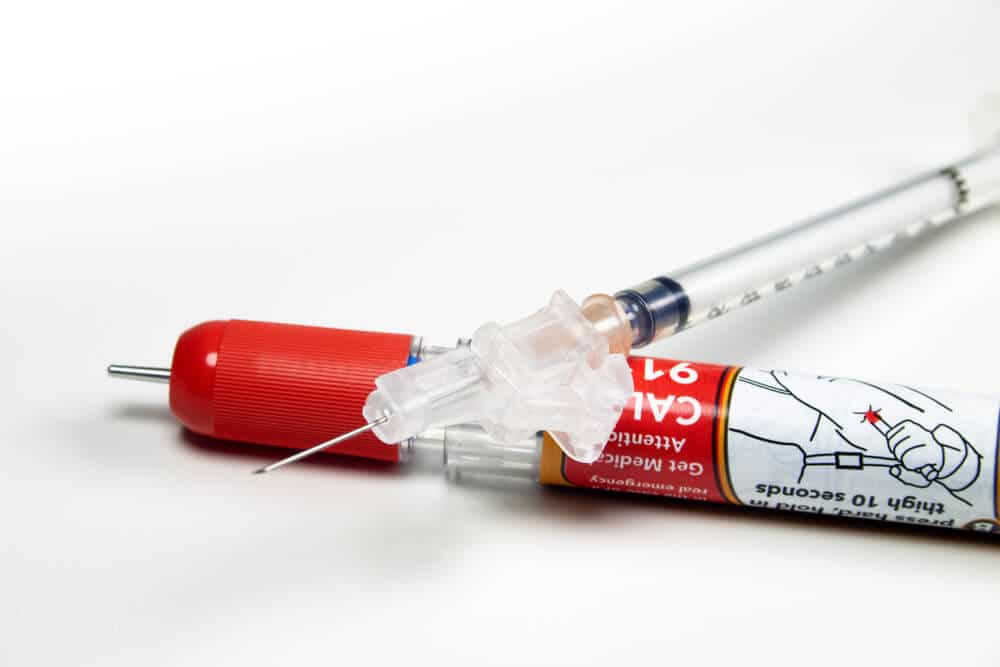Menu
Menu
CPR, First Aid, BLS, ACLS, PALS certifications.


First Aid is the primary medical care given to an ill or injured person until the paramedics arrive and take charge. The First Aid course we provide is easy to follow with video instructions. Join now for earning CE credit hours and a printable wallet card after passing the test.

$14.95 $24.90
| Chapters | CE Credits | Validity | Cost | Duration | ECC | Exam Attempts | Wallet Card |
|---|---|---|---|---|---|---|---|
| 13 | 2.0 | 2 Years | $14.95 | 1-2 Hrs | Compliant | Unlimited | Download/Print/Mail |
When a person has an allergy, he or she experiences an immune response to a substance that is usually not harmful. An allergy emergency may occur if a person is exposed to this allergen. An allergic reaction may become severe if not treated in a timely manner.
People may be allergic to a variety of different things such as:
This is a severe, life-threatening allergic reaction. It occurs suddenly, and within seconds or minutes after contact with the allergen.
A reaction of troubled breathing can cause obstructions in the airway and even lead to shock. Anaphylaxis requires immediate medical treatment, including the epinephrine injection and a trip to the hospital.